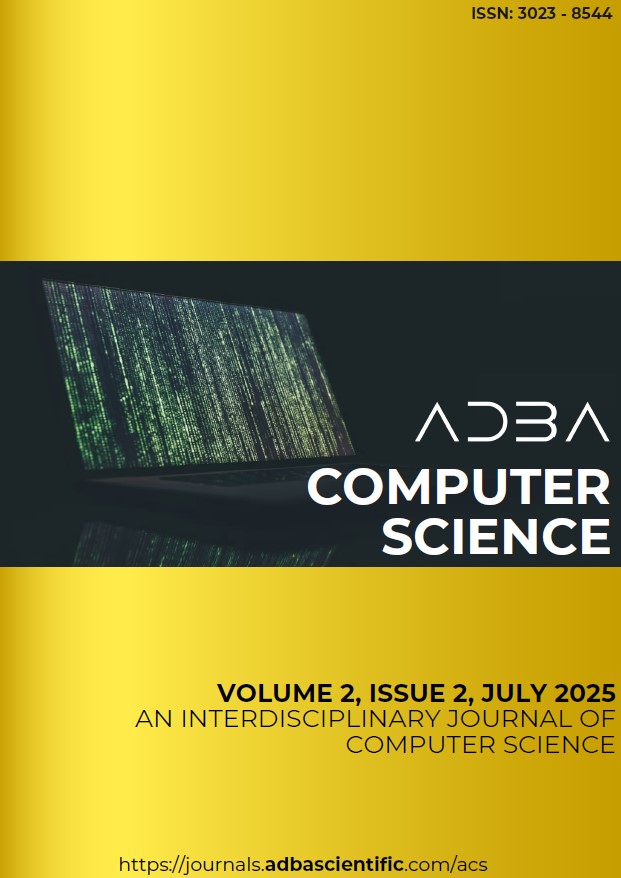Abstract
This study aims to enhance the suturing skills of medical practitioners by leveraging artificial intelligence (AI) techniques. Initially, a dataset of sutures was obtained from a hospital setting and underwent preprocessing to align with the model requirements. Subsequently, data augmentation was applied to enhance the dataset for improved performance. Using transfer learning, a classification algorithm was trained on the augmented dataset with %96.59 training and %79.24 validation accuracy. To ensure interpretability, SHAP (SHapley Additive exPlanations) analysis was employed to explain the decisions made by the classification algorithm, revealing the influential pixels in suture success. In the final stage, users were introduced to the project via a mobile application developed with Flutter and Dart. This app allows users to capture images of their sutures, which are then uploaded for analysis. The SHAP analysis results are presented visually to users, indicating which parts of the suture are deemed successful and which are not via heatmaps. By providing this feedback loop, the application aims to assist medical professionals in assessing and improving their suturing skills. This study presents a valuable tool for evaluating and enhancing medical suturing abilities, with potential implications for medical education and practice. In the future this preliminary study will be test with application users which will provide continuous feedback for model refinement.
References
Chakraborty, S., H. Paul, S. Ghatak, S. Pandey, A. Kumar, et al., 2022. An AI-based medical chatbot model for infectious disease prediction. IEEE Access.
Choi, W. and B. Ahn, 2019. A flexible sensor for suture training. IEEE Robotics and Automation Letters, 4: 4539–4546.
Dosis, A., R. Aggarwal, F. Bello, K. Moorthy, Y. Munz, et al., 2005. Synchronized video and motion analysis for the assessment of procedures in the operating theater. Archives of Surgery, 140: 293–299.
Duamwan, L. M. and J. J. Bird, 2023. Explainable AI for medical image processing: a study on MRI in Alzheimer’s disease. In Proceedings of the 16th International Conference on Pervasive Technologies Related to Assistive Environments, pp. 480–484.
Dubrowski, A., R. Sidhu, J. Park, and H. Carnahan, 2005. Quantification of motion characteristics and forces applied to tissues during suturing. The American Journal of Surgery, 190: 131–136.
Erdal, B. S., V. Gupta, M. Demirer, K. H. Fair, R. D. White, et al., 2023. Integration and implementation strategies for AI algorithm deployment with smart routing rules and workflow management. ARXIV-CS.AI.
Fukuta, A., S. Yamashita, J. Maniwa, A. Tamaki, T. Kondo, et al., 2024. Artificial intelligence facilitates the potential of simulator training: An innovative laparoscopic surgical skill validation system using artificial intelligence technology. International Journal of Computer Assisted Radiology and Surgery, pp. 1–7.
Gupta, V., B. S. Erdal, C. Ramirez, R. Floca, L. Jackson, et al., 2022. Current state of community-driven radiological AI deployment in medical imaging. ARXIV-CS.AI.
Habuza, T., A. N. Navaz, F. Hashim, F. Alnajjar, N. Zaki, et al., 2021. AI applications in robotics, diagnostic image analysis and precision medicine: Current limitations, future trends, guidelines on CAD systems for medicine. Informatics in Medicine Unlocked.
Handelman, A., Y. Keshet, E. Livny, R. Barkan, Y. Nahum, et al., 2020. Evaluation of suturing performance in general surgery and ocular microsurgery by combining computer vision-based software and distributed fiber optic strain sensors: A proof-of-concept. International Journal of Computer Assisted Radiology and Surgery, 15: 1359–1367.
Haroon, S. S., A. Viswanathan, S. Alyamkin, and R. Shenoy, 2020. Acceleration of 4IR-driven digital transformation through open source: Methods and parallel industries knowledge reapplication in the field. In Offshore Technology Conference, p. D041S055R004, OTC.
Jiang, X., W.-K. Ming, and J. H. You, 2019. The cost-effectiveness of digital health interventions on the management of cardiovascular diseases: Systematic review. Journal of Medical Internet Research, 21: e13166.
Kil, I., A. Jagannathan, R. B. Singapogu, and R. E. Groff, 2017. Development of computer vision algorithm towards assessment of suturing skill. In 2017 IEEE EMBS International Conference on Biomedical & Health Informatics (BHI), pp. 29–32, IEEE.
Lekadir, K., R. Osuala, C. Gallin, N. Lazrak, K. Kushibar, et al., 2021. FUTURE-AI: Guiding principles and consensus recommendations for trustworthy artificial intelligence in medical imaging. ARXIV-CS.CV.
Luitse, D., T. Blanke, and T. Poell, 2024. AI competitions as infrastructures of power in medical imaging. Information, Communication & Society, pp. 1–22.
Mansour, M., E. N. Cumak, M. Kutlu, and S. Mahmud, 2023. Deep learning-based suture training system. Surgery Open Science, 15: 1–11.
Nagaraj, M. B., B. Namazi, G. Sankaranarayanan, and D. J. Scott, 2023. Developing artificial intelligence models for medical student suturing and knot-tying video-based assessment and coaching. Surgical Endoscopy, 37: 402–411.
Nguyen, D. C., M. Ding, P. N. Pathirana, and A. Seneviratne, 2021. Blockchain and AI-based solutions to combat coronavirus (COVID-19)-like epidemics: A survey. ARXIV-CS.CR.
Prentzas, N., A. Kakas, and C. S. Pattichis, 2023. Explainable AI applications in the medical domain: A systematic review. ARXIV-CS.AI.
Solakoğlu, Z., 2014. Evaluating the educational gains of the 6th year medical students on injection and surgical suture practices. Journal of Istanbul Faculty of Medicine, 77: 1–7.
Trejos, A. L., R. V. Patel, R. A. Malthaner, and C. M. Schlachta, 2014. Development of force-based metrics for skills assessment in minimally invasive surgery. Surgical Endoscopy, 28: 2106–2119.
Yang, G., Q. Ye, and J. Xia, 2021. Unbox the black-box for the medical explainable AI via multi-modal and multi-centre data fusion: A mini-review, two showcases and beyond. ARXIV-CS.AI.
Zhang, K., J. Yu, E. Adhikarla, R. Zhou, Z. Yan, et al., 2023. BiomedGPT: A unified and generalist biomedical generative pretrained transformer for vision, language, and multimodal tasks. ARXIV-CS.CL.

This work is licensed under a Creative Commons Attribution-NonCommercial 4.0 International License.

